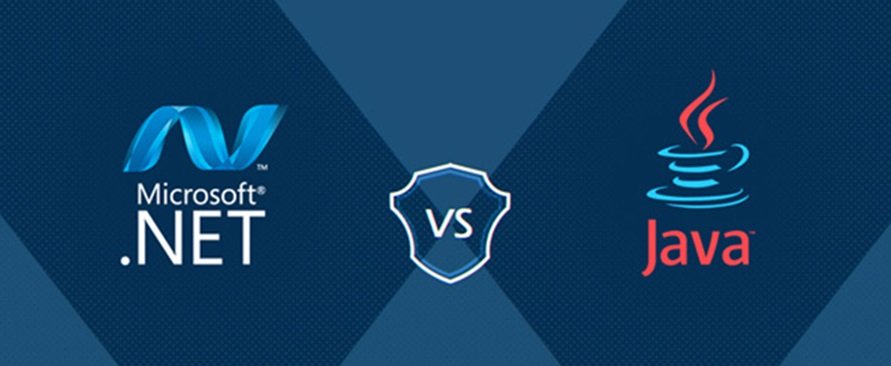Table of Contents
Introduction – Java to Modern DOTNET
In today’s dynamic IT world, many businesses struggle with aging Java applications. While Java has been a reliable workhorse, the .NET framework emerges as a powerful alternative.
Why Make the Switch to .NET?
.NET offers a compelling choice for organizations seeking to modernize their Java applications. Here’s what makes it stand out:
- Boost Performance: Benchmarks consistently show that .NET applications outperform Java, particularly in memory management and garbage collection. Studies reveal up to 20% faster execution speeds with .NET!
- Effortless Development: Visual Studio, the primary IDE for .NET, boasts a user-friendly and feature-rich environment compared to traditional Java development tools. Drag-and-drop functionalities, robust debugging, and seamless integration with testing frameworks streamline the development process.
- Enhanced Security: Security is paramount with .NET. Built-in features like code access security and the Common Language Runtime (CLR) enforce memory management and type safety, reducing vulnerabilities and bolstering application security compared to Java, which can be susceptible to memory leaks and exploits.
- Embrace Multiple Platforms: While traditionally associated with Windows development, .NET has evolved to embrace cross-platform capabilities with .NET Core and .NET 5+. This allows you to build applications that run flawlessly on Windows, Linux, and macOS, providing greater deployment flexibility.
- Thriving Developer Community: The .NET developer community is vast and active, offering extensive resources, libraries, and troubleshooting assistance. This readily available support network proves invaluable during the migration process and ongoing development.

Considerations for a Smooth Migration
Migrating from Java to .NET is a strategic move requiring careful planning and execution. Here are key aspects to consider:
- Project Evaluation: Analyze the size, complexity, and dependencies of your Java applications. Simpler applications are generally easier to migrate compared to large, intricate systems with numerous integrations.
- Resource Allocation: Assess the resources required for the migration, including developer expertise, budget allocation, and timeline considerations.
- Choosing the Right Approach: There are several migration approaches, each with its own advantages and disadvantages. Here are some common options:
- Lift and Shift: This involves porting the Java code directly to .NET with minimal changes. While faster, it may not fully leverage the benefits of .NET.
- Re-write: This involves completely rebuilding the application from scratch in .NET. This offers the most significant performance gains but is also the most time-consuming and resource-intensive approach.
- Hybrid Approach: This combines elements of both lift-and-shift and rewrite, focusing on specific code sections for optimization while maintaining others in .NET.
- Testing and Validation: Thorough testing throughout the migration process is crucial. Implement unit tests, integration tests, and user acceptance testing to ensure the migrated application functions correctly and meets user expectations.
- Post-Migration Support: Be prepared for ongoing support needs after the migration.
Conclusion – Java to Modern DOTNET
By leveraging the power of .NET and following these considerations, you can breathe new life into your legacy Java applications, unlocking agility, performance, and a secure future for your business.




Leave a Reply